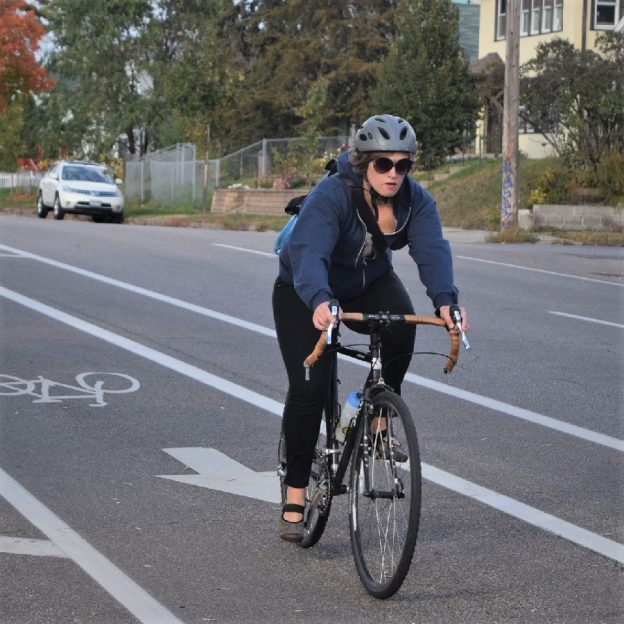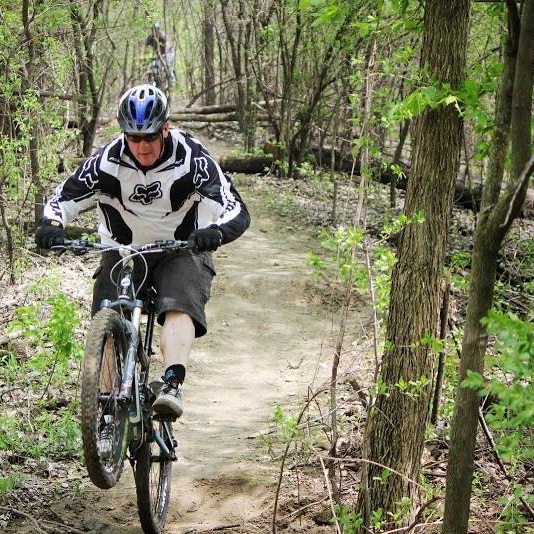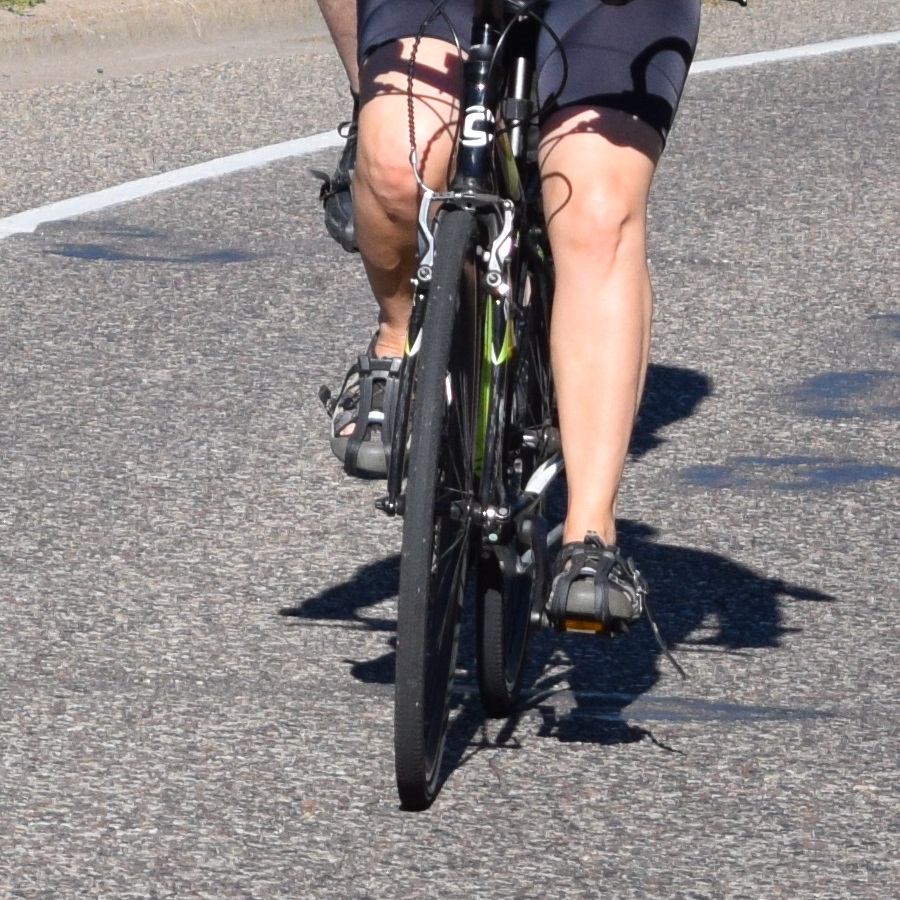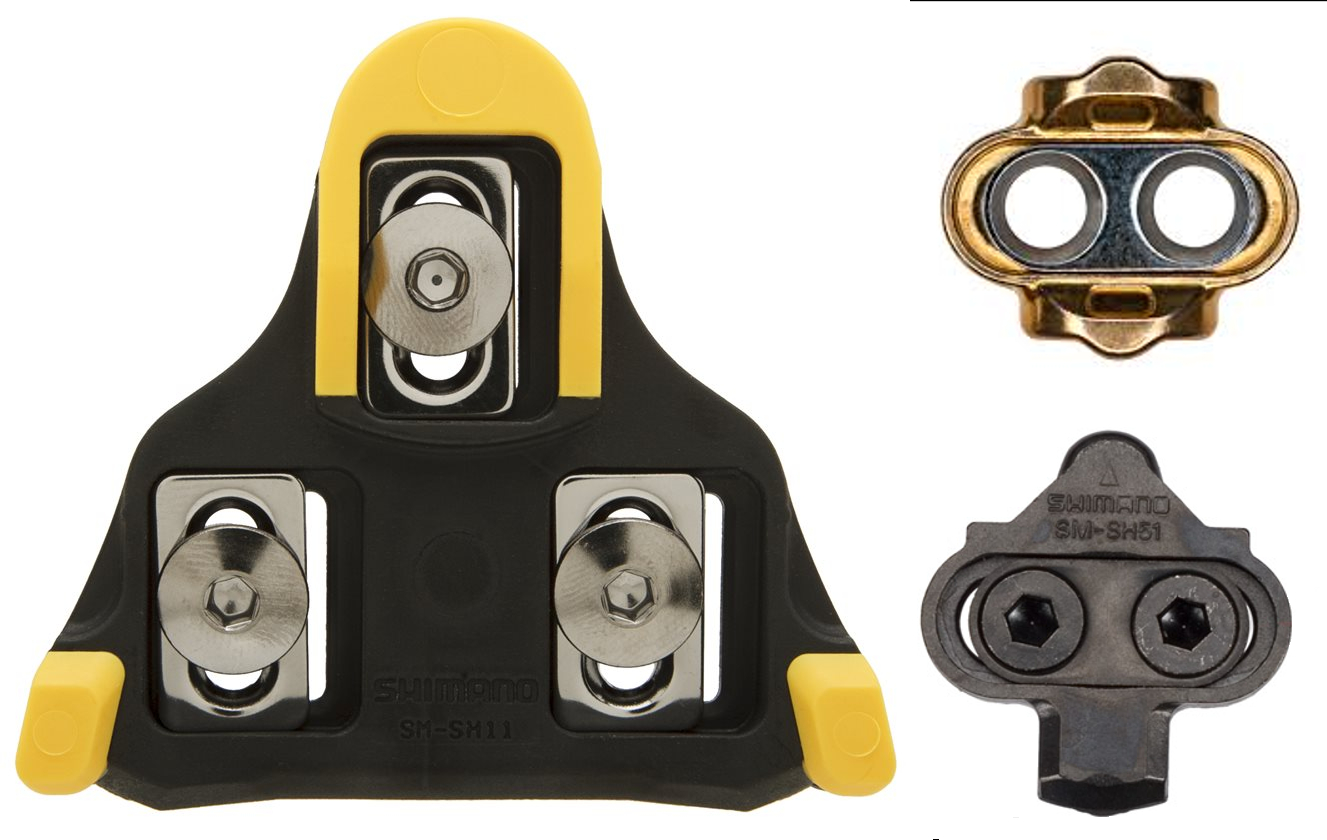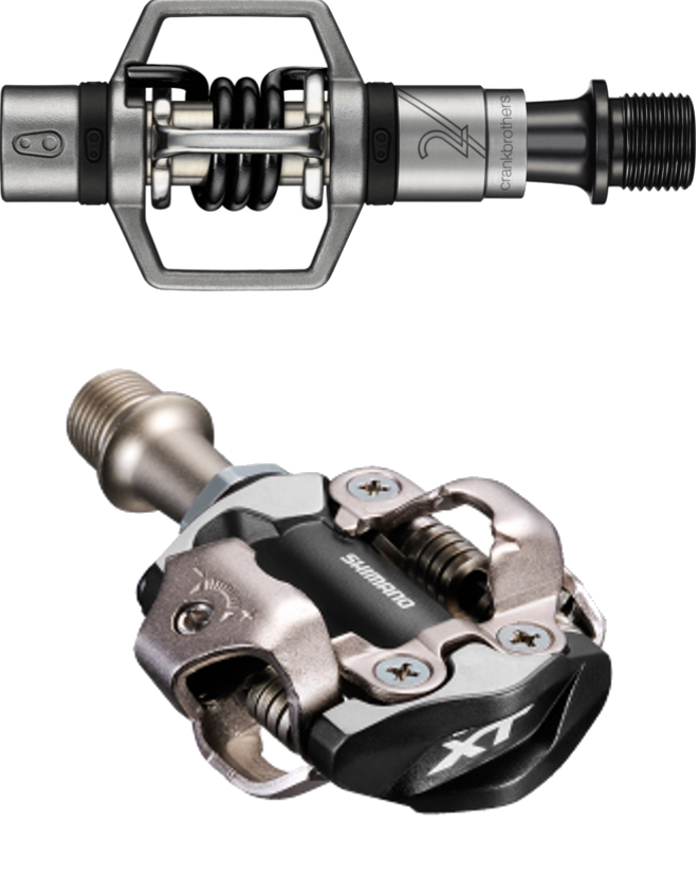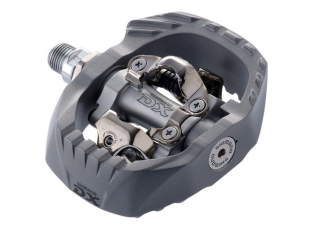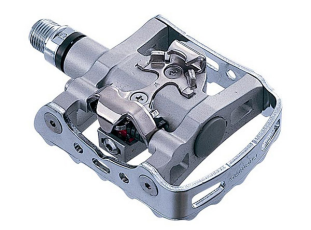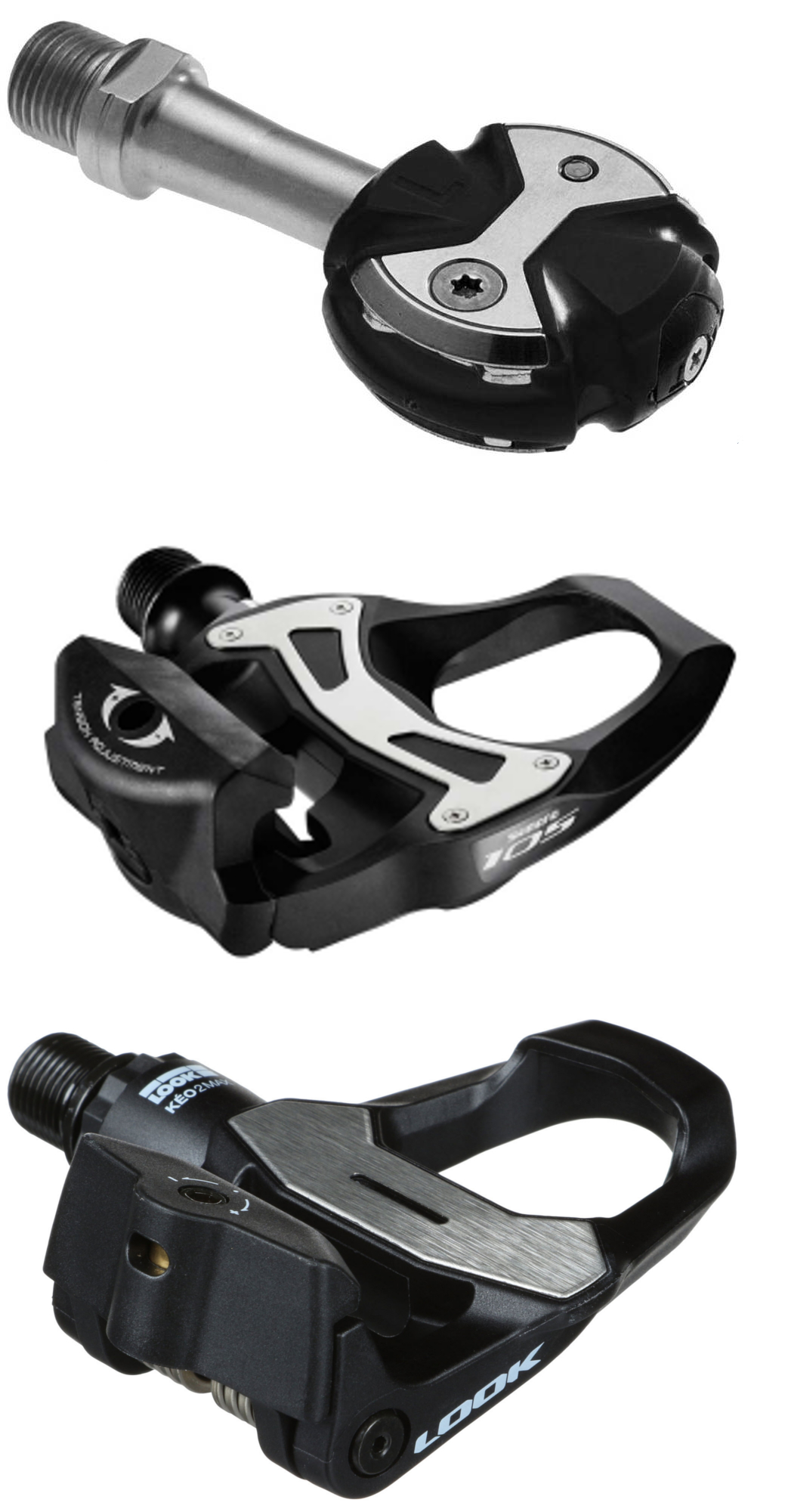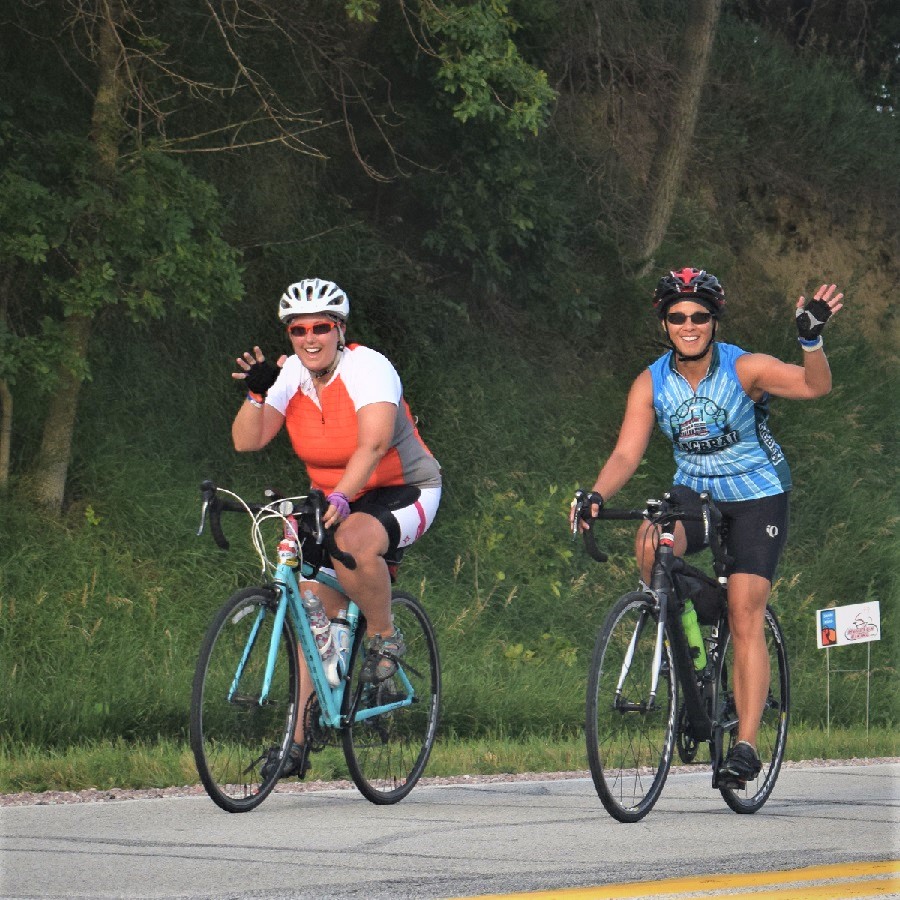By John Brown,
After all the presents are opened, and the last cookies disappear, many of us focus on the year ahead. More specifically, many of us begin the annual task of developing New Year’s resolutions for ourselves. Why not resolve to make this year your best year for bike riding by starting now?
Get ready for the bike season
For most of us, the season doesn’t begin in earnest until April 1st. Coincidentally, April 1st is also the first day of the 30 days of biking pledge. Therefore, why not take the next three months to prepare for April’s goal of thirty days of bicycle riding?

A happy rider having completed his 30-days of Biking
It’s been proven countless times – the mind drives the body! I find it a great way to get my mind ready for a goal is to share that goal with others. For me, once I tell others about my plans. I am making a deal with myself that it is a real thing. Once your goal is real, begin clearing your schedule for it.
Get your body ready for the bike
Make a training plan now. Your plan can be as simple as committing to ride two times a week or as detailed as planning the mileage, date, and time. Just be sure that your plans match your goal (for example, riding for only one hour a week wouldn’t give you the fitness you need to ride two hours a day through April).
Minnesota is sometimes locked in a winter freeze, with abundant snow, so conditions may not coincide with your availability to ride outdoors. But keeping yourself physically active is paramount for this time of year, and it’s especially crucial for your training. You can go snowshoeing, running, swimming, cross-country skiing, indoor riding (on a trainer), take spin classes, or anything that raises your heartbeat.

Indoor rides can be fun with the right group.
There is no better indoor exercise to ensure on-bike fitness than riding on a bike trainer. Spin gyms, training centers, and bike shops run classes a few times a week. Look into what programs are available in your community.
How to fit riding into your daily routine
Most people don’t have time to do the things they need to do (like that home project you swore you would finish last summer). So, how do you fit in time to get in shape? First, try not to add too much separate riding time to your schedule. Instead, commute to work by bike. Drive or take the bus part of the way and ride the rest. A normal 30-minute drive could turn into a 15-minute drive, and the rest can be done on your bike with a little planning. That way, you only add 15 to 20 minutes to your schedule and still get a ride in. Do it in the morning and the evening, and you buy an hour of riding while only adding up to 40 minutes to your daily schedule.
Try riding your bike to the grocery store rather than driving once a week. A trip to the store, library, or other short errands within a few miles from home can also work.
Also, if you have an indoor trainer, ride for one hour a night while watching TV rather than sitting on the couch. It may seem counter-intuitive, but being active is a great way to wind down from a busy day. You will find you sleep better and generally feel more relaxed.
Get your bike equipment ready early
Bring your bike out of hibernation and put air in the tires. Take it for a spin around the block and check to see if it’s functioning properly. Take it to your favorite bike shop early for servicing. April 1st is smack dab when many people consider riding their bikes. If you wait until the last minute to drop your bike off for service, chances are, you will be waiting longer than you like. Click the (link) here to read about some of the benefits of servicing your bike in the winter.

This rider is looking for speed, but a good bike fit can benefit any rider!
If you bring your bike in for service, think about making sure your bike fits you properly. A professional bike fit will lower the chance of repetitive motion injuries and make you more comfortable and efficient. While you’re having your bike serviced and fit, you can also find the right clothing and accessories for the year ahead.
The weather in April can be a mixed bag, so dress in layers. Make sure your clothing options include something to keep you comfortable in the sun, rain, snow, wind, or cold.
The First step
The longest journey begins with a single step, which should be taken early in January. Getting started right away is a huge moral booster for the goal of having your best year of bike riding ever!
Bike Events and races
Another option this winter is to look at all the events leading up to April to stay in shape.
